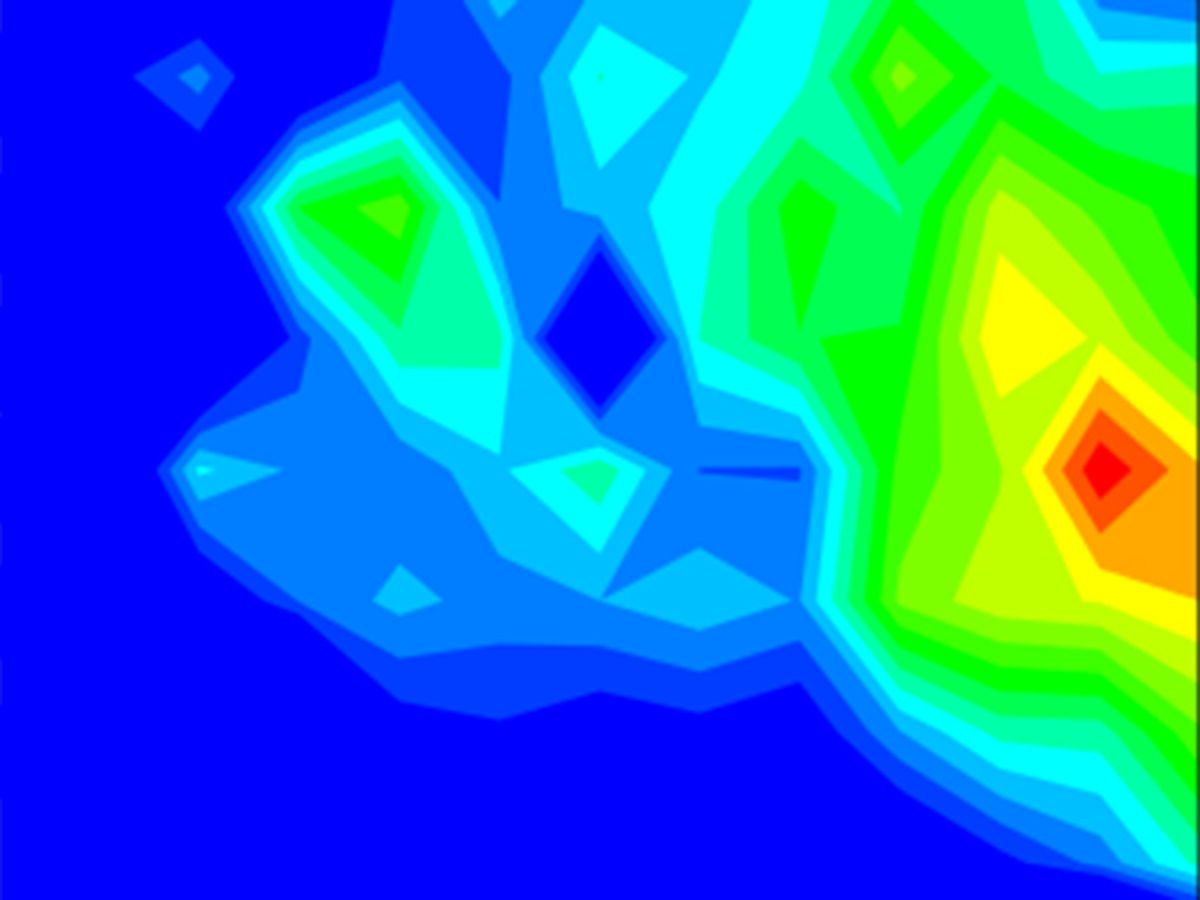Last month, IEEE Spectrum ran a special report focusing on the question “Can We Copy the Brain?” The report offered a thorough examination of all the ongoing efforts in duplicating the human brain both in terms of hardware and software.
Among the areas covered was neuromorphic chips that mimic the neurons in the brain. According to the leading practitioners in the field, neuromorphic systems do exist today, but remain pretty far from the point where they can outperform more traditional computing schemes.
Now an international team of scientists from France, the United States and Japan has zeroed in on the non-linear oscillations of human neurons that they believe will bring the capabilities of artificial neurons much closer to the ones in our heads. The results, they say, could lead to miniature neuromorphic chips capable of learning and adapting to a range of applications.
Non-linear oscillators transform a constant input into an oscillation. For example, pendulum clocks are non-linear oscillators. Neurons are also non-linear oscillators: if you excite them with a constant current, they will emit voltage spikes periodically.
In research described in journalNature, researchers at the National Centers of Scientific Research and Thales (CNRS-Thales) in France together with scientists at the U.S. National Institute of Standards and Technology (NIST) and in Japan at the National Institute of Advanced Industrial Science and Technology (AIST) looked at the problem of shrinking artificial non-linear oscillators down to the point where 108 oscillators could fit onto a two-dimensional array inside a chip the size of a thumb.
While nanoscale devices would seem to be the obvious choice, these devices come with their own set of problems: They create a lot of noise and lack the stability that is a prerequisite for processing data reliably. Yet they spurned other suggested approaches based on memristive or superconducting devices. The scientists opted for a nanoscale spintronic oscillator, made up of magnetic tunnel junctions which form the backbone of read heads in giant magnetoresistance (GMR) hard disk drives.
“Magnetic oscillators have very stable properties compared with memristive oscillators,” said Julie Grollier, a research director at CNRS and co-author of the research paper, in an e-mail with IEEE Spectrum. “This is due to their cyclability. A magnetic tunnel junction has almost infinite endurance, whereas a memristor starts degrading after a million cycles.”
Grollier added that magnetic oscillations are much easier to measure than superconductive pulses. They occur at room temperature, and the emitted voltage is typically 100 millivolts, which is orders of magnitude larger than those of Josephson junctions, which are sandwiches of superconducting material and insulator.
The nanoscale spintronic oscillators are pillars composed of two ferromagnetic layers separated by a non-magnetic spacer. When charge currents flow through these junctions, they become spin-polarized and generate torque on the magnetizations. This leads to a phenomenon known as magnetization precession, which occurs when atoms with unpaired electron spins are placed in a magnetic field and rotate around the magnetic field at a precise frequency. This sustained magnetization precession produces frequencies from hundreds of megahertz to several tens of gigahertz. The magnetization oscillations are then converted into voltage oscillations through magnetoresistance. The resulting radio-frequency oscillations, of up to tens of millivolts, can be detected by measuring the voltage across the junction.
“We used our magnetic nano-neuron to emulate a full network of 400 neurons thanks to a strategy called time multiplexing,” said Grollier. “The magnetic pillar plays the role of each neuron one after the other, just like an actor who plays all the characters in a movie would.”
To test their system, the researchers attempted to use it for voice recognition. They converted audio signals so that they would be recognized as an electrical current, then sent the current through the nano-neuron. These electrical waveforms—accelerated a thousand times—induced oscillations of the magnetization in the stacked nano-magnets, which started to gyrate like a compass. The magnetic oscillations were converted into oscillations of the voltage across the neuron through the effect of magnetoresistance. They recorded these voltage changes with an oscilloscope, and the synaptic functions were then emulated with a computer, allowing the neural network to learn.
“The neural network that we have realized recognizes spoken digits pronounced by different speakers with a success rate of 99.6 percent—which is as good and sometimes even better than with neurons with an area ten thousand time larger,” said Grollier. “The results demonstrate the ability of the magnetic nano-neuron to achieve cognitive tasks in a reliable way.”
The magnetic nano-neurons have a structure identical to magnetic memory cells, which are already fabricated by the hundreds of millions on silicon. In the next years, the researchers aim to interconnect these neurons densely and control their coupling in order to build large networks capable of complex information processing.
The ultimate goal is to realize smart, low-power miniature chips capable of learning and adaptation to the ever-changing and ambiguous conditions of the real world, says Grollier. “These chips can be useful for many applications, including classifying huge amounts of data in real time, driving autonomous vehicles or medical diagnosis and prosthesis,” she added.
Dexter Johnson is a contributing editor at IEEE Spectrum, with a focus on nanotechnology.



